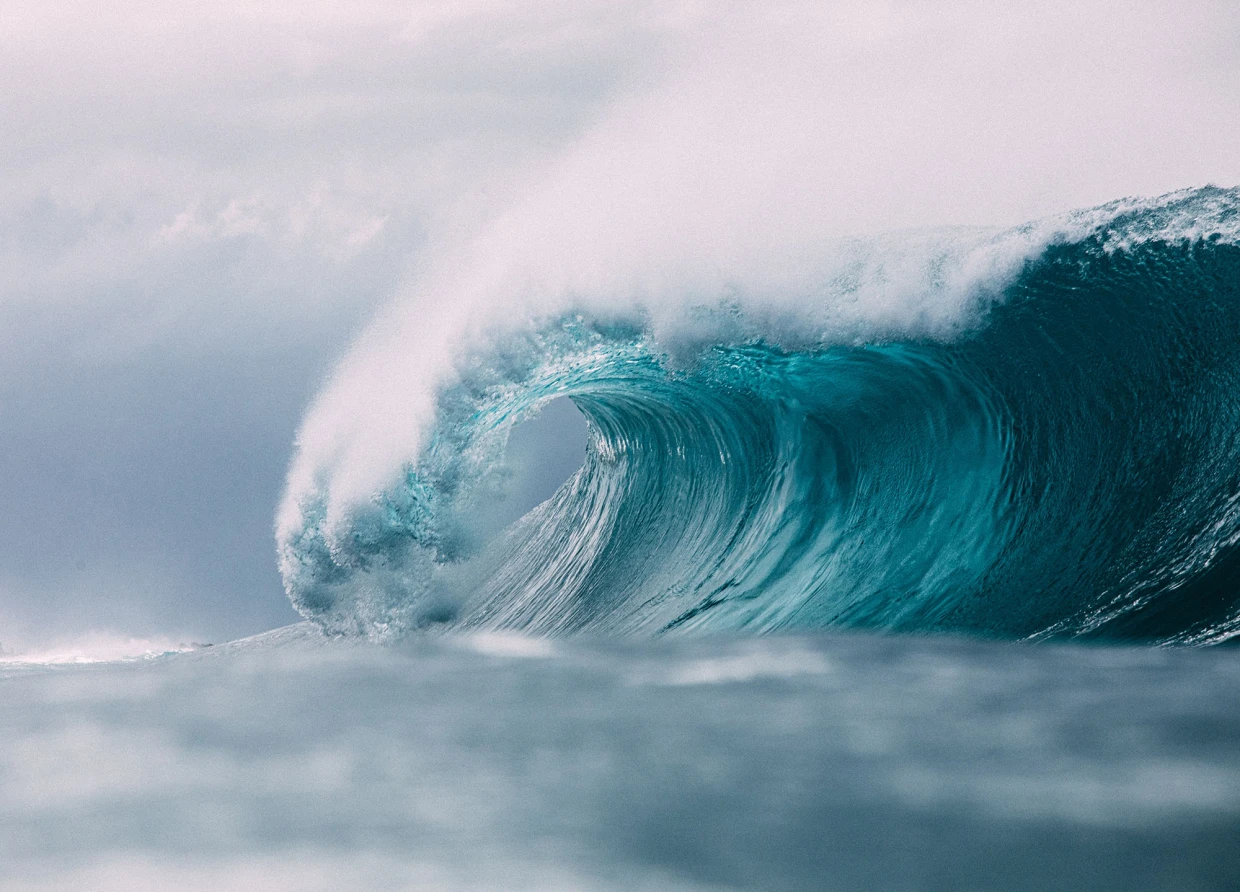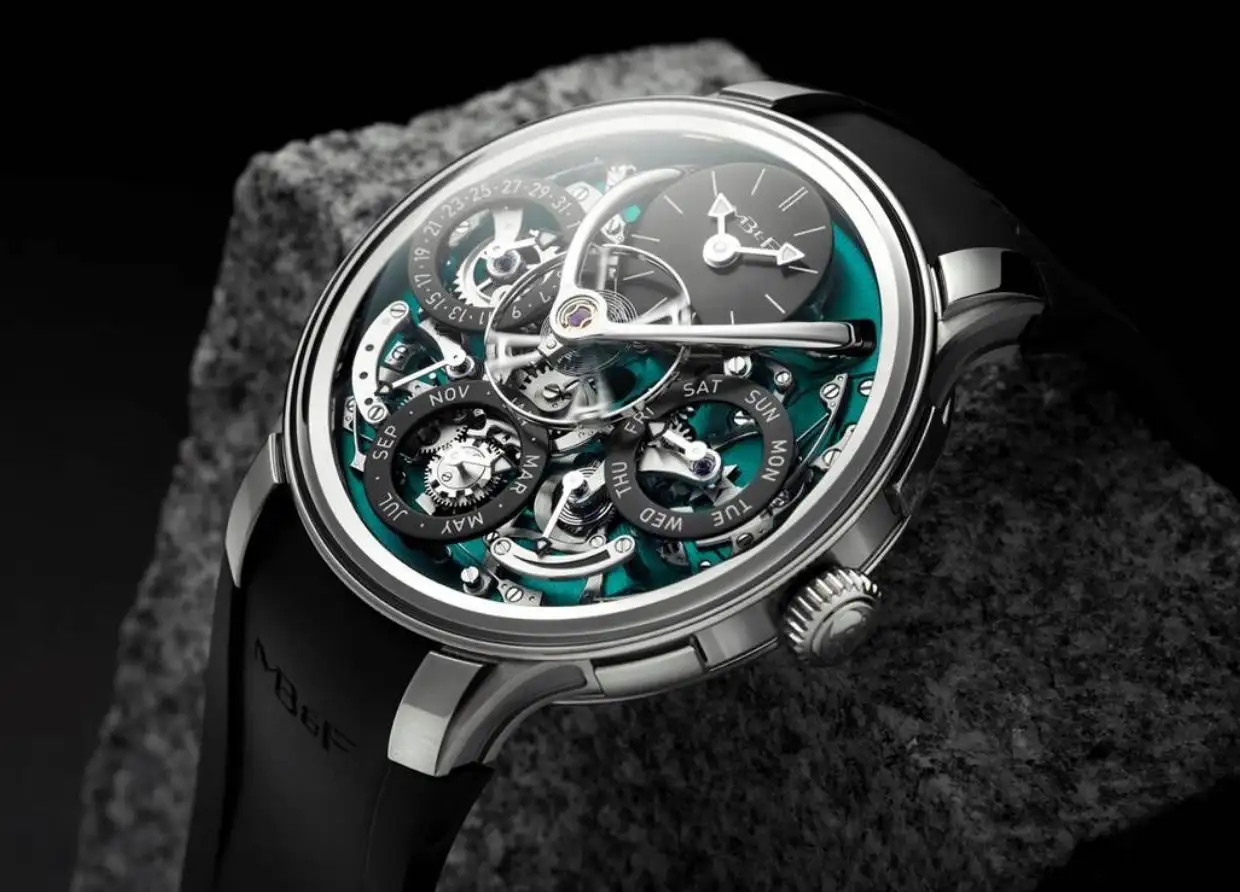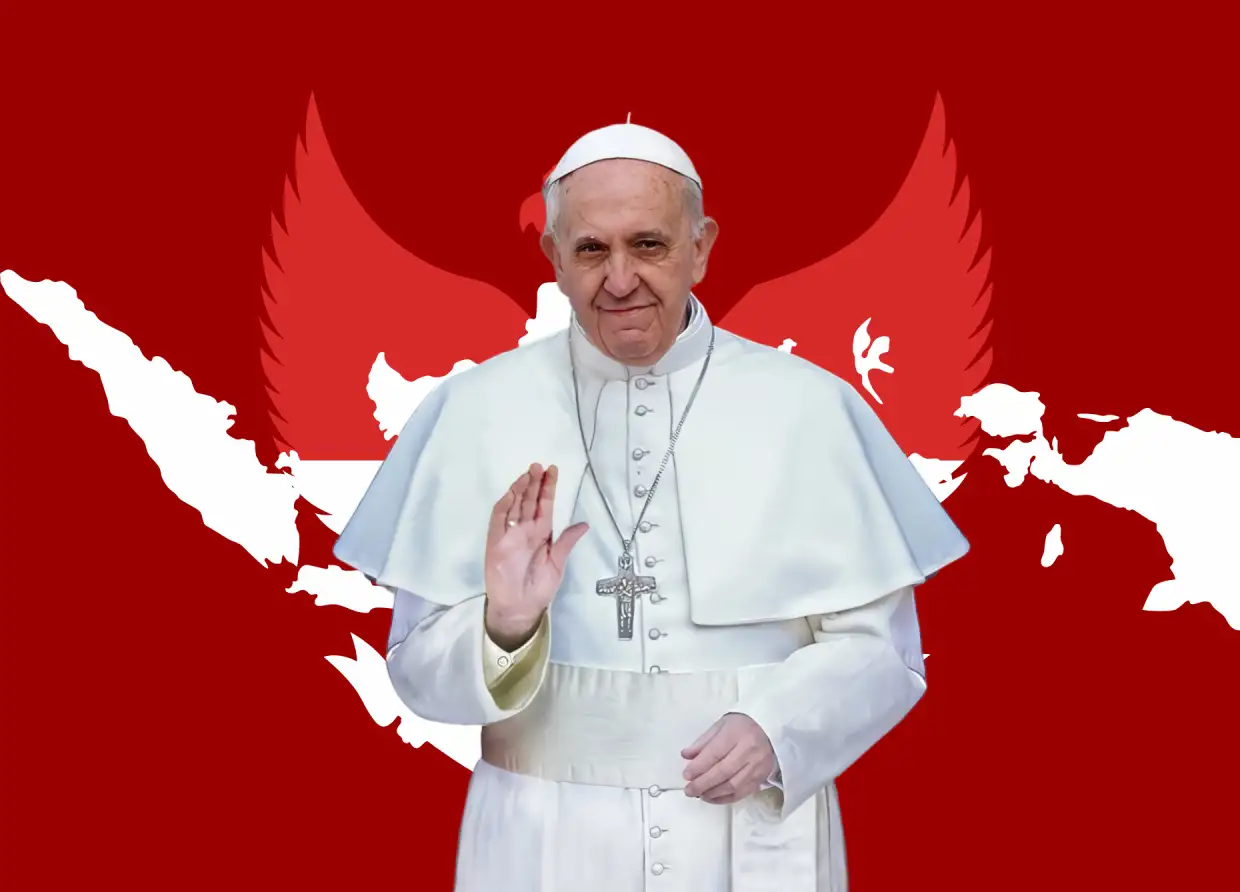RECENT SUCCESS OF INDONESIAN TSUNAMI DETECTOR, PUMMA
PUMMA, installed in eight locations in Indonesia, acts as part of our tsunami earning system. It recently succeeded in detecting Tonga-impacted "tiny tsunami" that came to East Java.

The tsunami caused by the eruption of Mount Tonga in Polynesia, the Pacific Ocean, was detected in Indonesia, although it was only an inch high and did not cause damage.
It was detected by the Inexpensive Device for Sea Level Measurement (IDSL) or Perangkat Ukur Murah untuk Muka Air Laut (PUMMA), which were installed along the southern coast of Java Island and the west coast of Sumatra Island.
"PUMMA is equipped with an automatic warning system when a water level anomaly occurs and has succeeded in detecting tsunami waves at the Prigi Fishery Port, East Java (in less than 9 hours) after the eruption of the volcanic island in Tonga," said Semeidi Husrin, Tsunami Researcher, Center for Marine Research, Research and Human Resources Agency for Marine and Fisheries, Ministry of Marine Affairs and Fisheries.
"It is estimated that the speed of these shock waves reached approximately 300 meters per second, meaning that these waves can reach Indonesia within 7 hours. This is what caused the first meteo-tsunami recorded by PUMMA less than 9 hours after the volcanic eruption."
PUMMA has been installed in eight locations, namely Sebesi Island, Jambu Marina, Pangandaran, Sadeng Harbor, Prigi Harbor, Palabuhan Ratu, Bungus PPS, and Tua Pejat Mentawai TPI. PUMMA's data and warning system have been entered into the BMKG network as the tsunami early warning authority in Indonesia.
According to Semeidi, PUMMA's success in detecting the Tonga tsunami and previous events has proven its excellent performance as an alternative to strengthening the tsunami early warning system in Indonesia.
"PUMMA also has advantages, namely low prices, easy to manufacture, easy to install, inexpensive and easy to maintain, utilizes the existing infrastructure network, involves the community and can be produced in Indonesia and supported internationally."
But what is a meteo-tsunami?
The term meteo-tsunami was popularized over the last 30 years, along with similar occurrences in various parts of the world. Similar to the word "tsunami" which comes from Japan, the term "meteo-tsunami" was also first proposed by Japanese researcher Nomitsu in 1935 because of the various similarities of the characteristics of the wave with the tsunami, only the causes are different.
"Sudden changes in pressure can cause disturbances in water bodies and generate high waves known as meteo-tsunami. Meteo-tsunami has the exact same physical characteristics as ordinary tsunamis caused by geological activities," said Semeidi.
Even though the one that greeted Indonesia had an amplitude of only an inch, it was detected clearly by the PUMMA device installed in Prigi Trenggalek, which had sent an ALERT signal 36 times automatically in this event.
"Further analysis shows that the tsunami recorded by PUMMA due to the eruption of the Tonga Volcano Island consists of two types of tsunami waves, namely 'meteo-tsunami' due to a shock wave from a volcanic eruption that propagates in the atmosphere and interacts with sea level and the 'regular' tsunami that spreads from the source hydrodynamically due to the process of disturbing the water level at the location of the volcanic eruption," explained Semeidi.
"Over time, some of the usual tsunamis finally arrived in Indonesia and were detected by PUMMA. This explains why PUMMA has issued 36 tsunami warnings," he continued.
Meteo-tsunami is known by many names in different parts of the world, such as "Abiki" in Japan, "Rissaga" in the Balearic Islands of Spain, and "Marrobbio" in Sicily, Italy. They can be quite dangerous and cause fatalities, such as what happened in Nagasaki Bay on March 31, 1979, with a tsunami height of 4.8 meters which caused three people to die, and in the Persian Gulf, Iran, on March 19, 2017, with a tsunami reaching 3 meters which took five people's lives.
#THE S MEDIA #Media Milenial


























